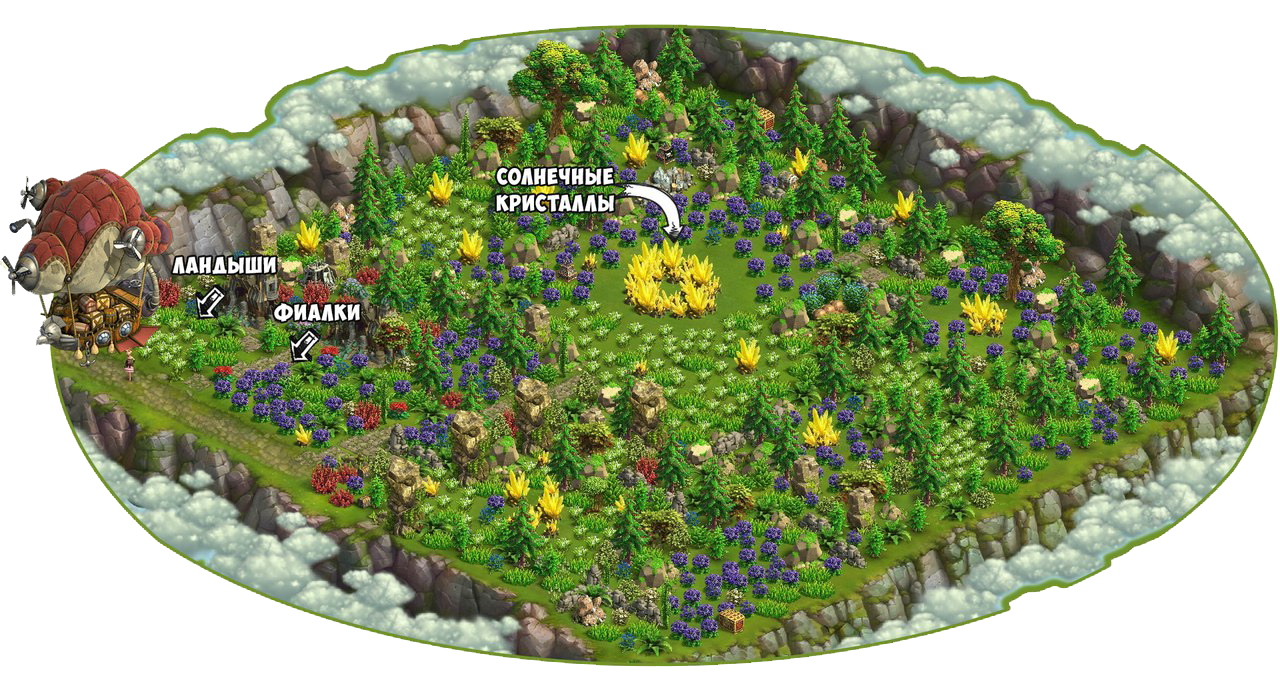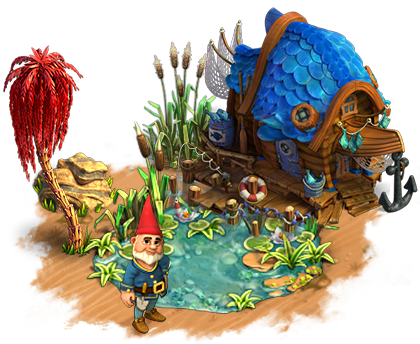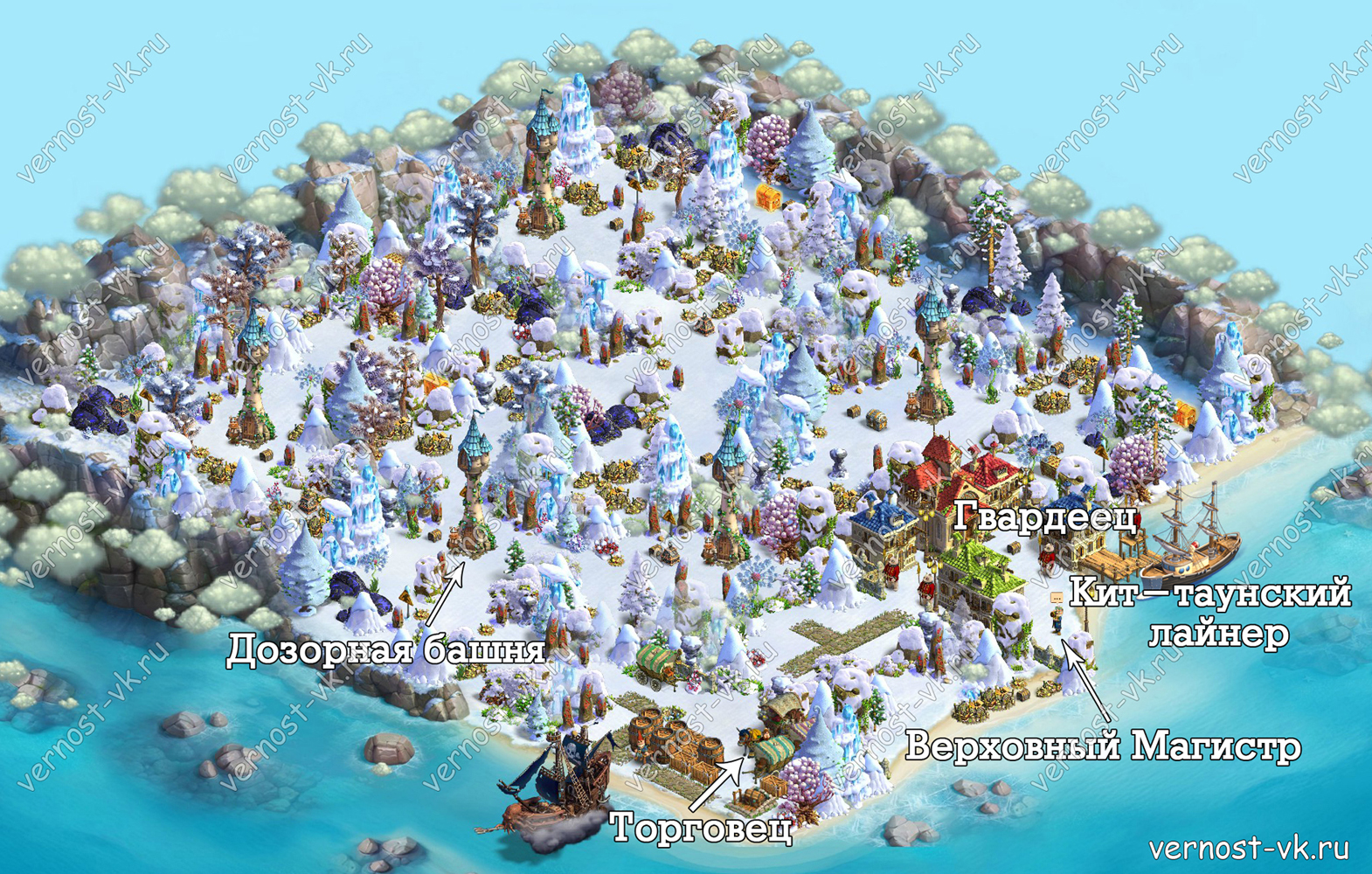



And the people of Normandy-like those in Holland-gradually started using dikes and irrigation systems to reclaim land, pushing out the edge of the shore and bringing more of the land by the sea under cultivation. The relentless flow of the tides, bringing in their wake alluvial soil ideal for the growth of vegetation, has left the soil near the shore extremely fertile. With time, Mont-Saint-Michel has lost more and more of its status as an island. Now there are organized treks with trained guides even so, a group of tourists got caught in the sand last year and needed rescuing. In 1318, eighteen pilgrims drowned in the bay and another dozen died in the quicksand. Moreover, at low tide the gray, claylike sand can suddenly give way to pools of quicksand where an inexpert trekker can become trapped. The crossing on foot could be dangerous-high tide can rise up to 45 feet and sweep in at some 200 feet per minute. One had to wait until low tide, when the sea receded and left a flat strand of grayish mud, and get the timing right.
#Knights and brides signal source full
For the pilgrims flocking to pay homage to the archangel, the trip to reach this heavenly precinct was itself a true test of faith: Centuries ago the shore was a full seven kilometers (4.3 miles) from the island (five kilometers farther than it is today). Michael, the warrior angel who now stands atop a spire some 300 feet in the air, his sword held aloft and his heel crushing a dragon, representing Satan or sin.īuilding on such treacherous ground-on a small rock in a bay that contains some of Europe’s strongest currents and most powerful tides-must have seemed like the ultimate act of faith. During and after this conflict, Mont-Saint-Michel assumed many of its current features-the ramparts that line the handsome stone walls and (much later) the statue of St. At the time of the Hundred Years’ War, the church evolved into a military citadel-an impregnable fortress in the sea-the only spot in Normandy that never fell to the English. It was also a major center of medieval learning, with a rich library and scriptorium. The abbey atop the Mont became both a major pilgrimage site-there were even souvenirs sold here in the Middle Ages-and a locus of ecclesiastical and political power. Two centuries later, the Duke of Normandy gifted the site to the Benedictine monks, who began building an ambitious abbey church under the patronage of William the Conqueror-the expression of a richer, more confident era as the Normans (former Vikings) were about to set out on not only the conquest of England but also of Sicily and Southern Italy. It was originally the hopeful assertion of Christianity in a Europe that was still part pagan and vulnerable to Viking raids on the northern coasts of what is now France. Mont-Saint-Michel has been so many different things in the course of its long life, since its founding in the early eighth century, when the Bishop of Avranches built a church dedicated to the archangel Michael on a rock of granite in the sea. Mont-Saint-Michel has gone through several major transformations since Adams’ time and is in the midst of another one now that will change its meaning or meanings once again. And that was more than a hundred years ago. “One needs to be eight centuries old to know what this mass of encrusted architecture meant to its builders,” wrote Henry Adams in his book Mont-Saint-Michel and Chartres.


 0 kommentar(er)
0 kommentar(er)
